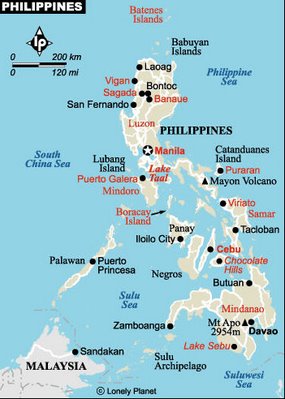Tribal Beauty
Philippine Culture and Identity in Traditional Woven Clothing
Philippine Culture and Identity in Traditional Woven Clothing
I've traveled round the Philippines a number of times, and on one of these trips, I was given an extraordinary book by a friend, Baby Carpio - 'Sinaunang Habi - Philippine Ancestral Weave' (by Marian Pastor Roces, Communications Technologies, Manila, 1991).
The author's aim was to explore 'the various ways in which varying societies have deployed the concepts of culture, nation and identity' in 'the textile traditions of island Southeast Asia'. In particular, how these concepts are realized in the different traditional weaving styles and patterns.
One focus of the book is traditional woven clothing, with examples given of the myriad of different styles from all over the country.
What is really interesting, however, is that each example is modeled by an inhabitant of the region from which it comes. With the very formal arrangement of the subject/s and solemn way in which the models present themselves giving the sense of old C19 ethnographic photographs - but in colour.
I've included a map of The Philippines, in case you want to locate where a particular example comes from:

Indonesia and Malaysia are close to The Philippines - the influence of these Muslim countries countries can be seen strongly in the patterning of the textiles.



















No comments:
Post a Comment